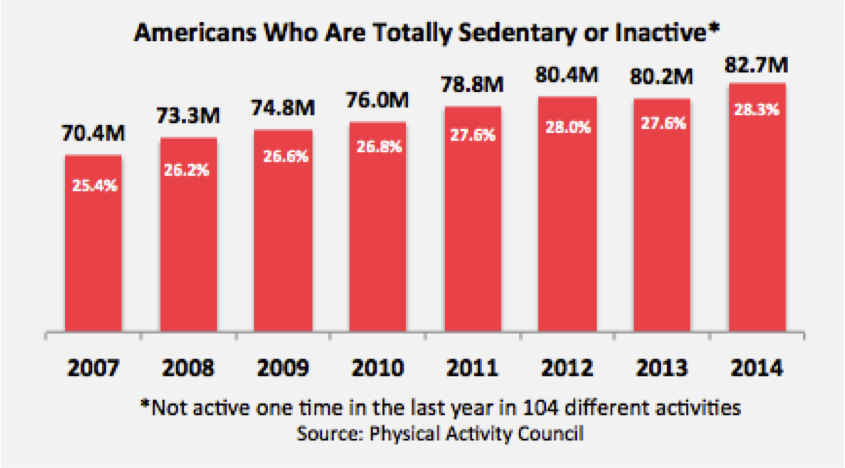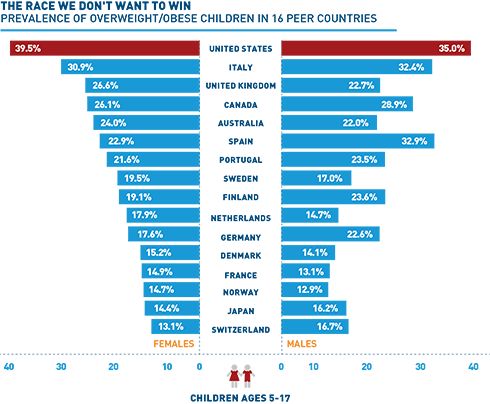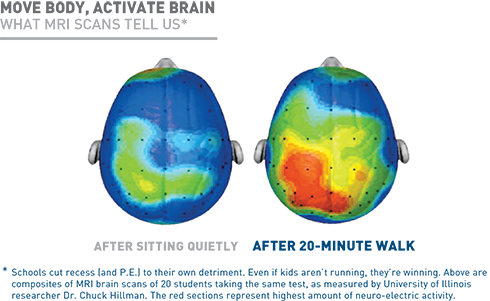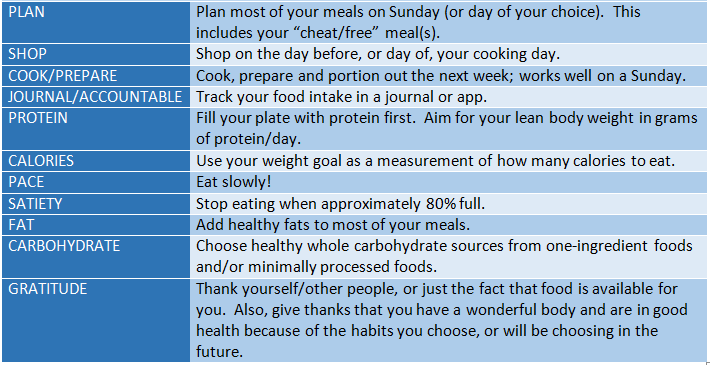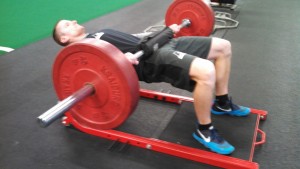It is hard to believe that 30 years have passed since my first experience as a trainer at a local YMCA. This profession is so dynamic that new ideas, research and applications happen on a weekly basis. Here are some observations that have happened over the last three decades:
- The more I know, the less I know. It is almost embarrassing what I did in the past; it was all I knew at the time. Each week/month/year is a chance to get better and I love the process of learning and evolving.
- The basics, done consistently, still rule. Strength train, play, move, elevate your heart rate, play, eat single-ingredient foods (most of the time), play.
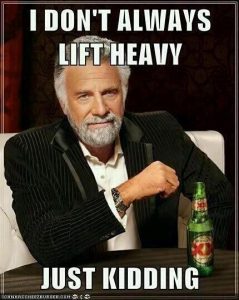
- Training and coaching are similar, but not the same. I believe the biggest distinction lies in the relationships that coaches are obligated to develop and nurture, while training is more of a job/profession that is a part of the bigger picture of a coaching environment. I would like to think that I am a better coach now than just a trainer.
- The internet (and social media) changed everything. For better or for worse, training and exercise information is ubiquitous now, as are facility options, qualified (and unqualified) coaches and trainers. You do not need to go to college, get a degree/certification or really train people to “make it”. If you have a phone, you have a chance.
- The backyard “training facility” is slowly going away. Physical literacy and competency used to be taught in the neighborhood and, to a lesser extent, in schools. It is where I learned every skill needed to be a good athlete as a kid and enjoy fitness as an adult.
- Opening, operating and running a business is much harder than I ever imagined. It is no wonder that the churn rate for fitness businesses is so high. It is cutthroat out there and can suck the life out of you if you let it. After 13 years of Adrenaline Sports & Fitness’ existence, I still have a lot to learn.
- Trainers are a commodity; coaches are a unicorn. I sound like a snob saying that but the profession needs more great people who can coach than people who can train.
- It took a while, but figuring out the Why of everything pointed my compass in the right direction. Now I know the deeper reason of coaching athletes and adults. It is to make an impact in their lives, to help them find their awesomeness and to be part of their framily.

- Sports sampling is good parenting. I am certainly not telling you how to raise your children. However, the vast majority of research supports exposing young kids to as many different activities/sports at young ages as possible. So far, my nine year old has tried baseball, football, jiu-jitsu, karate, road running, swimming, tae kwon do, soccer and water polo. Additionally, she plays for hours at a time just being a goofy kid. This summer she will attempt her first triathlon. Some sports she does a few months, and others are going on a few years. The take-home message is she will be much more balanced and learn different gross motor skills and reduce injuries because of the number of activities she has tried.
- The more I learn about the human body, the less I know. Since the sequencing of the human genome, we know more about us, humans, than ever before. It still feels that we know so little though. How do we really know how the brain works? How diseases progress? Why do some people age faster than others? Is everything genetically determined? How much control do we really have? Do zombies exist?

- Walking is more important than previously thought. As a form of activity, walking is pretty low on the “cool” scale. But, the benefits on overall health are impressive, especially stress reduction, reducing sympathetic states, getting some vitamin D exposure, enjoying nature, unplugging from technology, reducing cortisol levels…the list is endless. I used to think it was a waste of time, now I look at it as a necessity.
- The profession seems to be in a good place. Opportunities are everywhere, from a physical brick-and-mortar facility to online options to social media. The number of options for athletes and adults are numerous and it may come down to “test driving” multiple businesses before you find the best fit. The quality of the coaching landscape continues to rise with each year; however, there is a tipping point where the quantity of new coaches cannot keep pace with the dynamic demands of being a great coach and will eventually leave or burnout.
- Technology will continue to disrupt the fitness landscape. In a not-too-distant future, a robot may greet you, scan your retina and personalize your training and nutrition experience. AR, AI and VR have already invaded the human space of fitness and will continue to nudge it’s way into fitness facilities worldwide.
- Coaching helps parenting and parenting helps coaching. I realized this about four years ago (and even wrote about it); there is a direct transfer to how you raise a child to how you coach an athlete. Coach Macdonald, who wrote a piece earlier this month also has learned the degree of transfer. He will only improve his coaching skills now that his daughter was born.

- With more information at our fingertips than ever before, recovery is making a strong push to the forefront. Training has only so may new ideas and concepts; nutrition is still figuring itself out; the last frontier is the scientific and practical way to recover from training, where true adaptations take place. Everything from sleep to cryotherapy to supplementation and more will challenge training and nutrition for the lead in the quest for ultimate results and the perfect body.
Part 2 will be following soon…

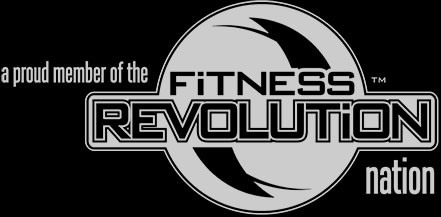
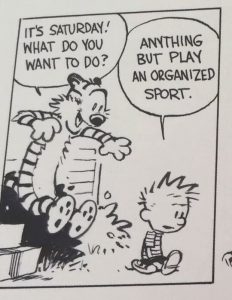 become a youth sports coach than it used to. We used to let anyone coach who would volunteer their time. We are not so trusting these days and reputable youth sports programs often require background checks, training and certification before we consider selecting someone as a youth sport coach. Youth sports have become much more organized and available than in the past which means coaches have more competition with other sports to attract and retain young players. In my day, baseball was the only organized game in town for kids, whereas today it’s possible for kids to be involved in a different organized sport every day of the week. Also, coach knowledge of the sport is no longer enough, they must now also have knowledge of exercise physiology and child development. I shudder to think of some of things I had kids doing for conditioning when I first started coaching only to later learn how they were detrimental to young growing bodies. An awareness of concerns for the emotional and physiological well-being of youth is also required of coaches today to recognizing the effectiveness of and differences between intrinsic and extrinsic motivational techniques (kids don’t respond to critique in the same way professional athletes do).
become a youth sports coach than it used to. We used to let anyone coach who would volunteer their time. We are not so trusting these days and reputable youth sports programs often require background checks, training and certification before we consider selecting someone as a youth sport coach. Youth sports have become much more organized and available than in the past which means coaches have more competition with other sports to attract and retain young players. In my day, baseball was the only organized game in town for kids, whereas today it’s possible for kids to be involved in a different organized sport every day of the week. Also, coach knowledge of the sport is no longer enough, they must now also have knowledge of exercise physiology and child development. I shudder to think of some of things I had kids doing for conditioning when I first started coaching only to later learn how they were detrimental to young growing bodies. An awareness of concerns for the emotional and physiological well-being of youth is also required of coaches today to recognizing the effectiveness of and differences between intrinsic and extrinsic motivational techniques (kids don’t respond to critique in the same way professional athletes do).
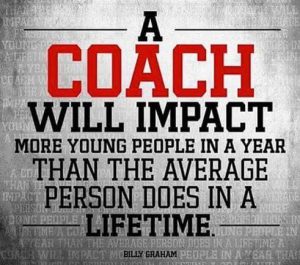
 enhance physical performance, reduce the relative risk of injury, and develop the confidence and competence of all youth.
enhance physical performance, reduce the relative risk of injury, and develop the confidence and competence of all youth.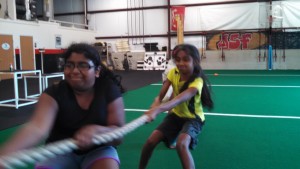 physical activity. Once a negative association is made with physical activity (physical activity as punishment, for example), that is when a sedentary lifestyle is almost inevitable. Fun should be the driving force behind playing sports and being physically active. Once fun is taken away burnout is the end result and a large percentage of our youth ends up quitting all sports by the age of 13. From the strength and conditioning side of the topic, we need to be sure our programs for the youth that we deal with are positive, constructive, and age appropriate. Quite a bit of damage can be done when an ill conceived and thoughtless program is implemented with a group of 10 and 11 year olds.
physical activity. Once a negative association is made with physical activity (physical activity as punishment, for example), that is when a sedentary lifestyle is almost inevitable. Fun should be the driving force behind playing sports and being physically active. Once fun is taken away burnout is the end result and a large percentage of our youth ends up quitting all sports by the age of 13. From the strength and conditioning side of the topic, we need to be sure our programs for the youth that we deal with are positive, constructive, and age appropriate. Quite a bit of damage can be done when an ill conceived and thoughtless program is implemented with a group of 10 and 11 year olds.  measure progress. However, we have foregone assessing over the last several years so we can “assess” via observation and relationship-building. I still feel there is a place for testing (acceleration, strength, power, FMS, etc) but the power of observation is our biggest ally right now.
measure progress. However, we have foregone assessing over the last several years so we can “assess” via observation and relationship-building. I still feel there is a place for testing (acceleration, strength, power, FMS, etc) but the power of observation is our biggest ally right now.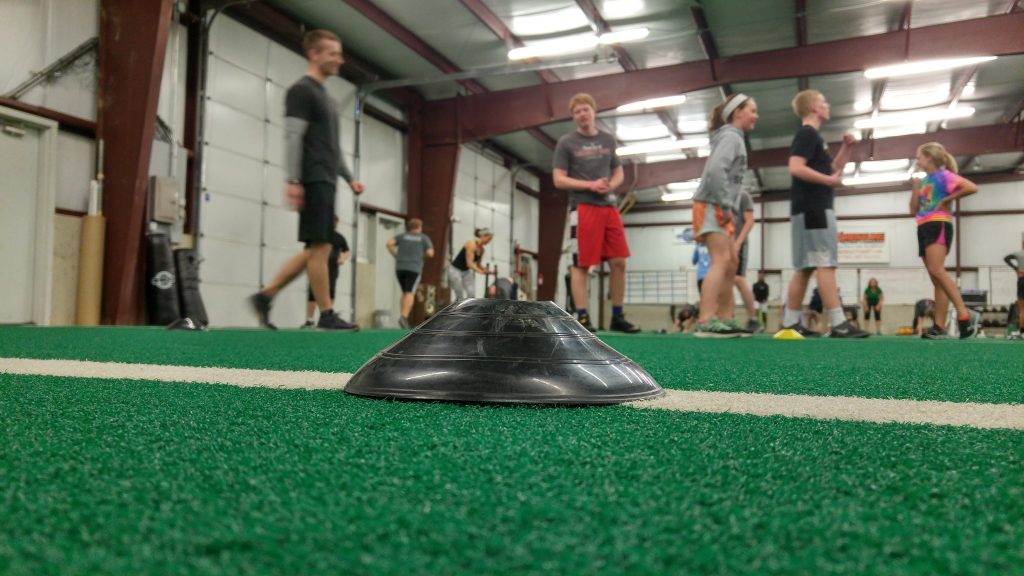
 Whether you are a parent, coach, or trainer it is an eye-opener that really hammers home the point of youth sports: IT IS ALL ABOUT THE KIDS! Another book that blew my mind was
Whether you are a parent, coach, or trainer it is an eye-opener that really hammers home the point of youth sports: IT IS ALL ABOUT THE KIDS! Another book that blew my mind was  ld west where anyone can put anything out there and claim is the secret to success. Instead of chasing the next diet craze that promises six pack abs in 30 days, try sticking to a diet that is well balanced, consisting of healthy fats (nuts & oils), fruits & veggies, lean proteins (chicken, lean beef, fish, eggs), minimally processed carbohydrates, and the occasional sweet treat. Remove all of the complex myths that most diets use to confuse you and just focus on the basics!
ld west where anyone can put anything out there and claim is the secret to success. Instead of chasing the next diet craze that promises six pack abs in 30 days, try sticking to a diet that is well balanced, consisting of healthy fats (nuts & oils), fruits & veggies, lean proteins (chicken, lean beef, fish, eggs), minimally processed carbohydrates, and the occasional sweet treat. Remove all of the complex myths that most diets use to confuse you and just focus on the basics!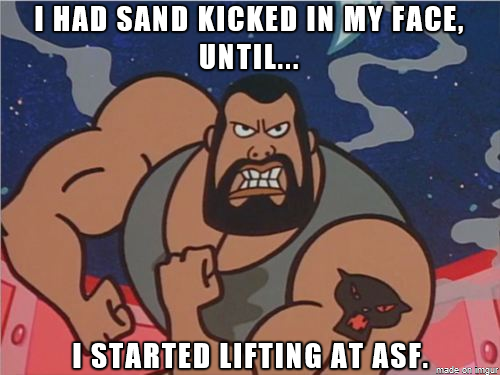
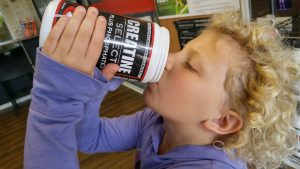 muscle cells. Its not specific to only male muscle cells and incompatible with those of females. The benefits of taking creatine regularly are worth considering when trying to add that next level to your training, potentially put on some extra lean muscle mass, enhance recovery, and exert one more powerful sprint rep. Again, it does not matter male or female… if you’re training goals are not being met with current balanced nutrition, recovery, and exercise protocol, consider putting some thought into adding Creatine as part of your routine.
muscle cells. Its not specific to only male muscle cells and incompatible with those of females. The benefits of taking creatine regularly are worth considering when trying to add that next level to your training, potentially put on some extra lean muscle mass, enhance recovery, and exert one more powerful sprint rep. Again, it does not matter male or female… if you’re training goals are not being met with current balanced nutrition, recovery, and exercise protocol, consider putting some thought into adding Creatine as part of your routine.
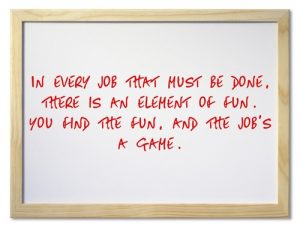
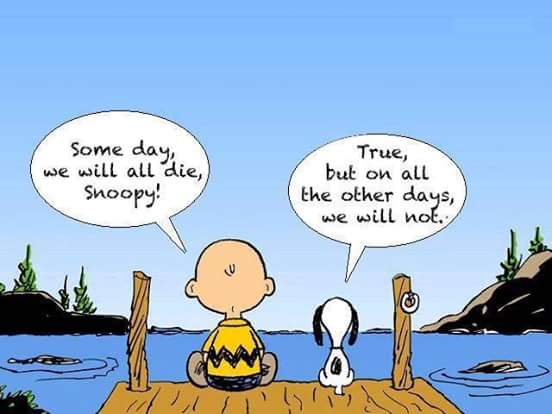
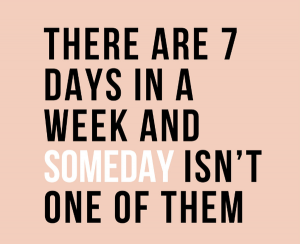 comes to changing their lives, they also come at it with too much intensity. The intention is there but they focus all of their energy on this one topic and attack it with relentless enthusiasm. The initial week or two are a breeze due to the novelty of the venture. There is a bit of excitement from being a new person. However, the thrill of adventure inevitably wears off as you realize the unforeseen complexities that undoubtedly come with creating a new habit. You burn out and quit before you have a chance to start noticing any tangible results. The cycle of grandiose plans to change your life followed by the eventual failure to see it through perpetuates itself until you’re truly at your whit’s end with nowhere to turn.
comes to changing their lives, they also come at it with too much intensity. The intention is there but they focus all of their energy on this one topic and attack it with relentless enthusiasm. The initial week or two are a breeze due to the novelty of the venture. There is a bit of excitement from being a new person. However, the thrill of adventure inevitably wears off as you realize the unforeseen complexities that undoubtedly come with creating a new habit. You burn out and quit before you have a chance to start noticing any tangible results. The cycle of grandiose plans to change your life followed by the eventual failure to see it through perpetuates itself until you’re truly at your whit’s end with nowhere to turn. 
